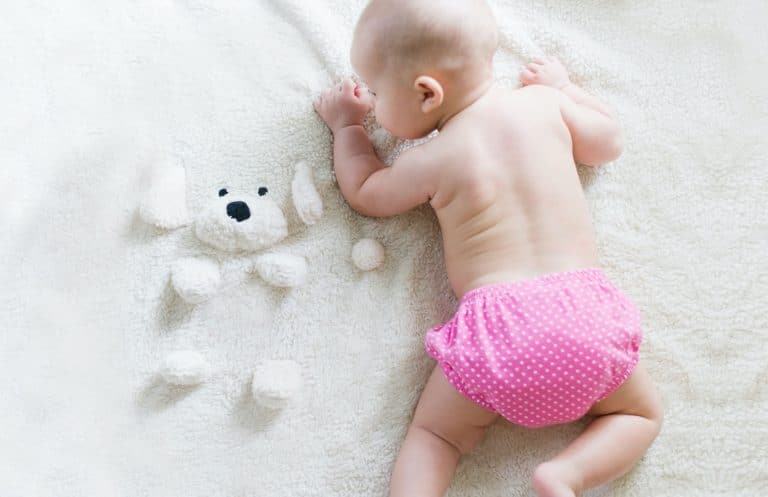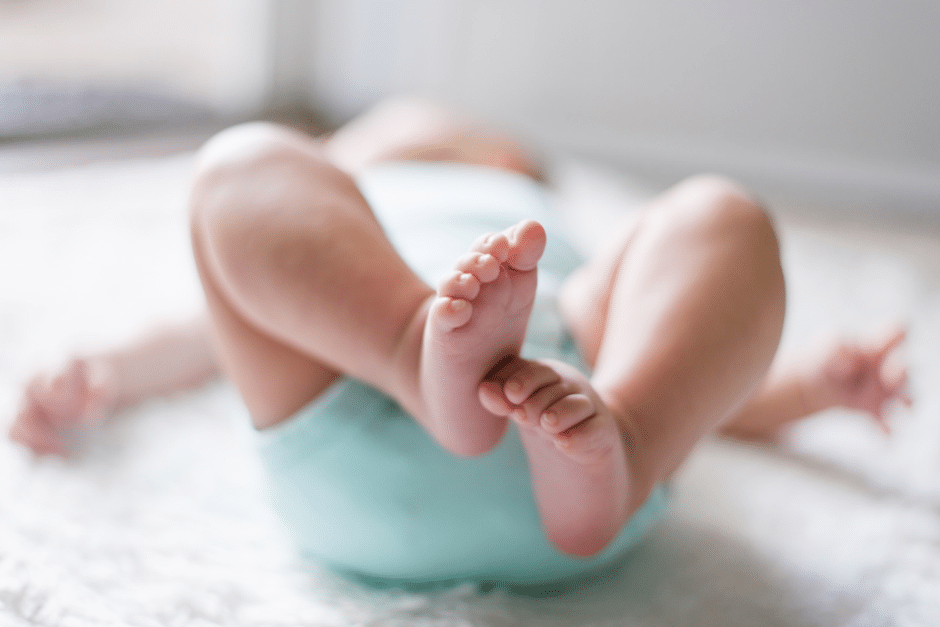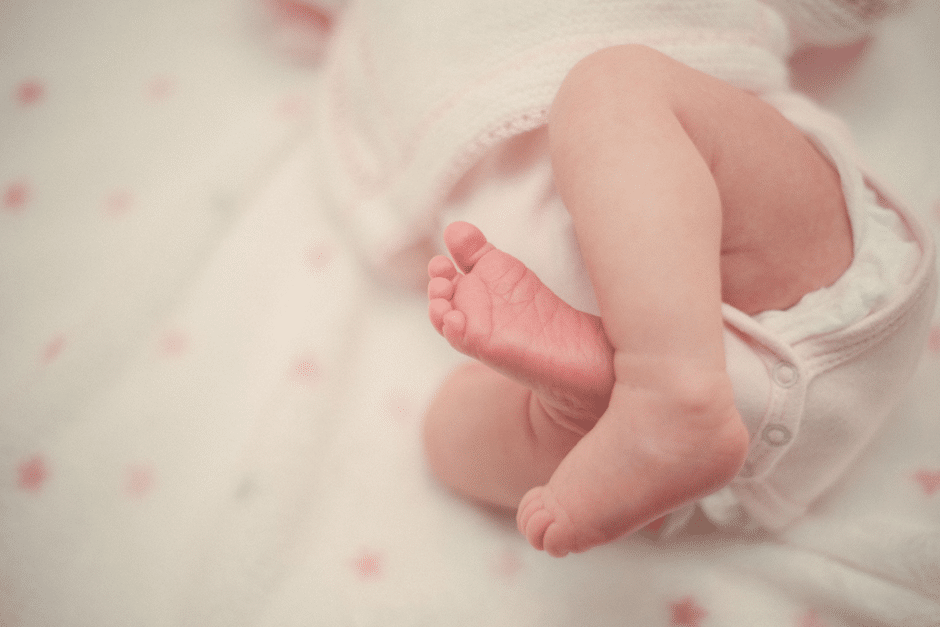Diaper rash is one of the most common skin conditions among young infants and little children.
The diaper rashes mostly appear on the thighs, buttocks, and genitals of babies.
In contrast, the itchiness and discomfort go away with home remedies when the symptoms are mild.
However, you must consult a physician for medical treatment if the condition is severe.
So, suppose you are also worried and want to know – how to treat diaper rash?
In that case, plenty of effective home remedies and over-the-counter medicines are used to treat it.
For more information, check out our detailed guide on how to eliminate diaper rashes in just 24 hours and help your baby get much-needed relief.
However, this article will discuss in detail when you should seek professional advice to treat your baby’s diaper rash.
What is Diaper Rash?
Diaper rash is a skin condition that occurs in babies. They refer to rashes affecting the diaper area.
A diaper rash affects the thighs, genitals, and buttocks of a baby. It is often triggered by the diaper (harshness on the skin) or moisture.
But a diaper rash can be triggered by other conditions as well, like skin getting in contact with the sweat, pee or poop, or sensitivity to the diaper material.
In milder cases, the skin becomes red and sensitive. But more severe cases can lead to open and painful sores.
Types of Diaper Rash
Diaper rashes can be distinguished into different types depending on their symptoms and causes. Below, we will discuss the common types of diaper rashes that can affect your baby-
- Allergic reaction diaper rashes: Babies with skin sensitivity can develop diaper rashes due to allergic reactions to the materials of the diaper or wipes/ diaper cream.
- Bacterial diaper rashes: Bacterial diaper rashes are rare and caused by strep or staph bacteria. Bacterial diaper rashes are commonly known as impetigo.
- Irritant diaper rashes: Irritant diaper rashes are also known as diaper dermatitis. It is the most common type of diaper rash among children. It occurs when the diaper area has excessive moisture or getting contact with the pee or poop for a time.
- Candida diaper rashes: Candida diaper rashes are relatively uncommon compared to irritant ones. They may occur due to the overgrowth of Candida (a fungus naturally present in babies’ digestive tract). It can often lead to yeast diaper rashes.
Signs and Symptoms of Diaper Rash
It will help you guide when the condition is severe and you must opt for physicians to consult for your baby’s diaper rashes.
The symptoms of diaper rashes can vary depending on the severity of the condition.
In mild cases, the symptoms of diaper rash may include:
- Redness and tenderness to the skin areas where the diaper comes in contact with your skin.
- Soreness in the diaper area.
- Skin peeling.
- Fussiness
- Scaly skin.
However, when the condition gets severe or is caused by bacterial infections, it may cause symptoms such as:
- Red bumps
- Read areas with red bumps spreading from the area.
- Blisters and open sores.
- Red areas where the skin touches each other (creases).
- Pus-filled sores.
- Pus or fluid sleeping from the red affected zones or red areas.
Causes of Diaper Rash
Different things can trigger diaper rashes in young children and babies. Here, we will discuss a list of common causes of diaper rashes:
- Excessive moisture on the diaper area of your baby.
- Rubbing or chafing on the diaper area.
- When the baby’s skin gets contact with poop or pee for a prolonged time.
- Bacterial infection
- Yeast infections.
- Allergic reaction to the diaper material, soap, wipe, or cloth detergent/conditioner.
What to Do if Your Baby Gets Diaper Rashes?
You might panic when you notice your baby has developed diaper rashes. However, there is nothing to worry about, especially when the condition is milder.
Here is what you can do when you notice your baby has diaper rashes:
- The first and most important step after you notice the diaper rash is to keep the area clean and dry.
- Allow your baby to spend time without a diaper whenever it is possible.
- Check the diaper frequently and change it when it gets soiled or wet.
- Clean your baby’s diaper area with warm water every time you change the diaper. Also, remember to avoid wipes or soaps when your baby has diaper rashes.
- Ensure the diaper area is dry completely before applying the zinc oxide ointment for healing.
When to See A Doctor?
Mild diaper rashes go away with time and home remedies. Sometimes, moderate rashes are also manageable with proper care and OTC medicines. However, you must consult a physician for help if the condition is severe. Here are the following conditions when you must contact a physician for your baby’s diaper rashes-
- If the condition gets worse with time.
- Pimples, blisters, or open source in the diaper area.
- If your baby looks dehydrated and has a fever.
- If your child is facing too much discomfort.
- If your baby has a high fever (100.4 or above)
Key Takeaway
Diaper rashes are common in young infants. It can be triggered for several reasons, such as allergic reactions, skin sensitivity, prolonged contact with moisture, etc.
While mild cases do not require medical treatment, you must consult with a physician in severe cases.
Above, we have discussed when to seek medical attention for diaper rashes. We have also covered what it is, signs and symptoms, causes, and more to make it easier to deal with diaper rashes.
Let us know your views on our detailed guide and suggest points to help deal with this problem.













